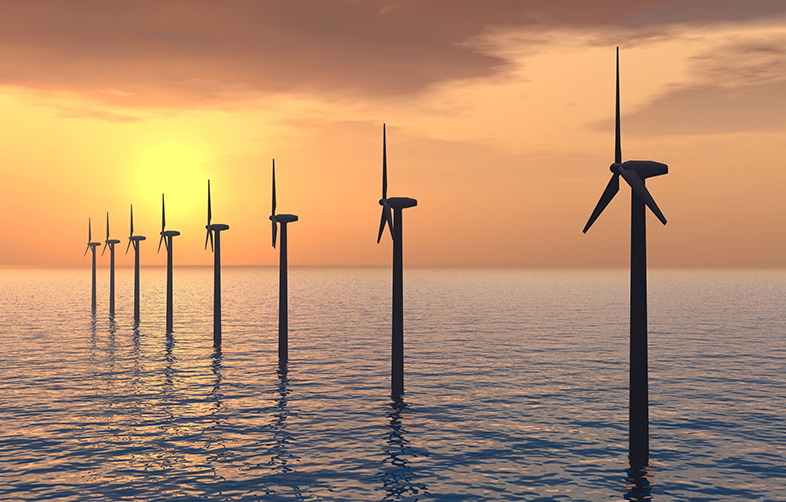9.2 Other physical effects
Dam failures
Around 35 major dam failures have occurred since 1960 (defined as those resulting in serious material damage and/or deaths (Wikipedia, 2018), although many dams are for purposes other than hydroelectricity: flood control, water supply, irrigation or recreation. In the U.S. fewer than 2 200 of the country’s more than 87 000 dams (U.S. Department of Energy, 2016) are used to generate electricity so it is not surprising to find only five or six hydroelectric plants in the world list of major dam failures.
However, the safety of hydroelectric dams is a matter of concern (and expense). A notable recent example has been the Oroville hydroelectric dam in California, which during the winter of 2016/7 suffered damage to one of its spillways as a result of heavy rainfall. This required the temporary evacuation of nearly 200 000 people while repair work took place.
The data on dam failures for China is poor. It is known that severe flooding in 1975 led to many dam failures, and estimates of the total fatalities vary between about 70 000 and over a quarter of a million (McKenna, 2011). If the figure is indeed in this range, and hydro plants made up a significant fraction of the destroyed dams, then hydropower must rank high in any list of energy sources in terms of deaths per kWh of useful energy.
Silt
Silt accumulation behind dams has been a known problem for many years. Its build-up reduces the volume of stored water and consequently the hydro potential of a site. The Hoover Dam for instance, lost about one sixth of its useful storage volume in its first thirty years, although the loss rate was reduced when the Glen Canyon dam was built 370 miles upstream.
Fish
France has many dams constructed during the early twentieth century on rivers previously used by Atlantic fish, and as licences became due for renewal in the 1990s, stringent requirements were introduced for the construction of fish ladders or similar passages. One consequence was the decommissioning of dams deemed unsuitable for renewal, on environmental or economic grounds (ERN, 2000).
Methane
It has long been known that vegetable matter that would normally decay in the air to produce carbon dioxide (CO2) could decay anaerobically under water to produce methane (CH4). When this was identified as a much more potent greenhouse gas than CO2, the question arose as to whether hydro schemes that flooded land previously covered in vegetation should join the fossil fuels as significant contributors to global warming.
Detailed studies of individual reservoirs were carried out, the study of a hydroelectric plant on the river Aare in northern Switzerland estimated that each m2 of the lake surface was releasing about 0.15 grams of methane per day – much more than would be expected for its temperate location, and equivalent to a total annual methane release of about 150 tonnes (EAWAG, 2010), probably due to anaerobic digestion of the particularly large annual quantity of vegetable matter brought down by the river. However, the report also observed that a coal-fired power plant producing the same electrical output would release approximately 40 times more greenhouse gases, expressed in CO2 equivalent terms.
Currently, the issue of methane emissions seems to play a relatively small role in project assessments. The 2016 Survey of Renewable Energy Resources of the World Energy Council (WEC, 2016) says that ‘The GHG (greenhouse gas) status of freshwater reservoirs is an area of ongoing scientific research and policy responses are still evolving as the state of knowledge progresses’.
